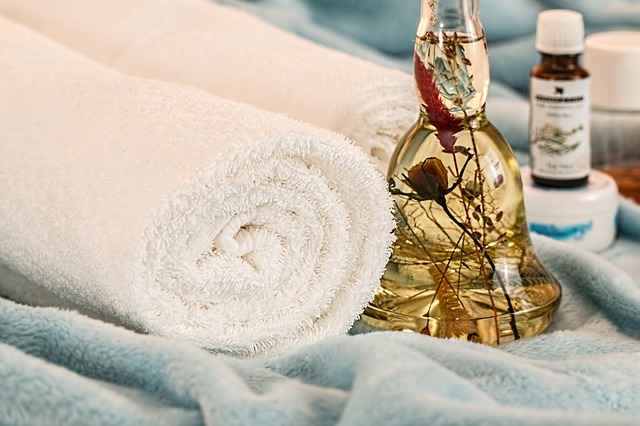You can remove essential oils from various sources, which may be planted, or through steam distillation. Essential oils are mainly derived from plants such as rosemary and lavender. An estimate tells us that around 700 different kinds of plants are useful providers of fats, and there are several extraction methods as well. Distillation is the most common method of extraction and people tend to use this method a lot because usually, these essential oils are costly to buy and works out cheap when you distil at home. Here are a few ways that you can do it at home.
Few necessary methods
Oil stills – Unless you have a specialty store, you will find it challenging to buy. Therefore, look for it online, and you will find them available at different prices. Buy a professional still if you are planning to make large quantities of the essentials oil, like for castorolie (castor oil).
Build your own still – You can be more creative if you got the time and you are planning to build one for yourself. You can quickly look on the internet for the process, and there are thousands of designs, along with many homes made still. Few components involved – a heat source, 10mm glass pipe, pressure cooker, cold water to condense steam that will flow through the pipeline. You require an essential that separates the essential oils from other unwanted materials.
Use glass parts and stainless steel – One should not use plastic tubing in place of glass pipe because it can positively affect the quality of the oil. There are individual plants that react with copper, and that is suitable in many cases. One can also use aluminum materials but not with cloves, wintergreen and other plants whose oils have phenols.
Few tips
- Always use fresh plant materials rather than dried ones, the dried herbs will yield some oil, but if you are buying the fresh one that will be more in volume. Do not use bug infested, diseased and dead plants.
- 3-4 cups of plant materials required, and the extraction of this particular volume will give you a few teaspoons of essential oil.
- Make sure you chop up the plants to make more of the oil to escape.
- Use only distilled water because local tap water can have bacteria and other contaminants, which can quickly spoil the mix.
These are the best DIY tips and suggestions if you are planning extraction of plant oils at home.

